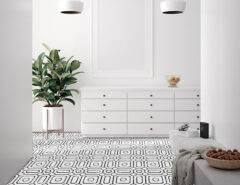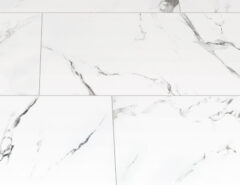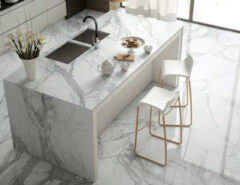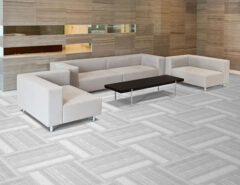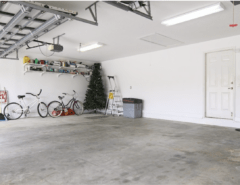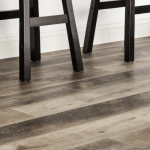
Tile is a downright durable choice when building from the ground up or starting a renovation project. Not all types of tile are created equal though. Depending on where you want to put your tile, what look you’re going for and your budget, you may find yourself debating whether porcelain or ceramic tiles are really right for you.
There’s a good chance that you’re also looking at a combination of porcelain and ceramic tile styles if you’re on the hunt for the perfect design. Choosing the right tile option can be tricky, especially when you’re comparing two similar materials, like porcelain or ceramic tiles. Luckily for you, we’re here to help.
Use this guide to learn more about how to choose porcelain or ceramic tiles for a range of design projects around your home or commercial space.
Porcelain vs. Ceramic: What’s the Difference?
When you hear people talk about porcelain or ceramic tiles, it’s likely that those terms are being used interchangeably. While these two tile types are similar, they do have some big differences that you should be aware of if you’re just starting to shop.
Here are some of the main differences to keep in mind:
- Porcelain has a higher density, making it a stronger material. Its strength means that porcelain is more durable in high-traffic spaces. That doesn’t mean that ceramic can’t still be an excellent choice for your home or commercial space though.
- Porcelain is heavier and harder to work with. While it is stronger, you may pay more for shipping and installation. Repair work that’s needed over time may also cost more, though porcelain tends to show less wear even when cracked since it’s colored all the way through.
- Porcelain is non-porous. This makes it ideal for spaces where your floors may be exposed to water like in a bathroom. Ceramic is water-resistant, but it isn’t impervious to water damage like porcelain.
- Ceramic is easier to install. For DIY homeowners, ceramic is much easier to work with. However, you should only install tile on your own if you have some experience and help from a skilled hand.
- Ceramic tends to be a more cost-effective choice. For budget-minded shoppers, ceramic can provide a stylish look with a lower up-front investment.
These are just a few of the main differences you should remember as you start the search for your ideal tile. Keep reading to learn more about other factors that play a role when choosing between porcelain or ceramic tiles.
Appearance
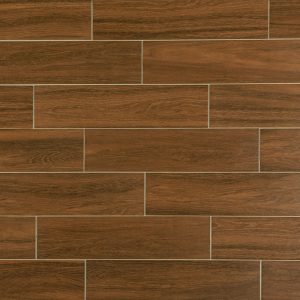
Both porcelain and ceramic tiles come in a wide range of different looks today. You can even find ceramic tile that provides the look of natural hardwood. Many of these same natural hardwood looks are available in more durable porcelain as well.
If you prefer the look of stone, you can find porcelain and ceramic tile designed to mimic that style too, including semi-polished and glossy styles.
Cost Considerations
Budget is often a factor during home and commercial building and renovation projects. While porcelain tile is stronger and can last longer without damage, it does cost more to buy on average.
In fact, porcelain tile typically costs 30% to 40% more to buy than ceramic tile. This is due to the higher manufacturing costs and longevity that comes with porcelain.
If you are on a very tight budget or looking to outfit a space where water is not a concern, ceramic may be a better choice for your project.
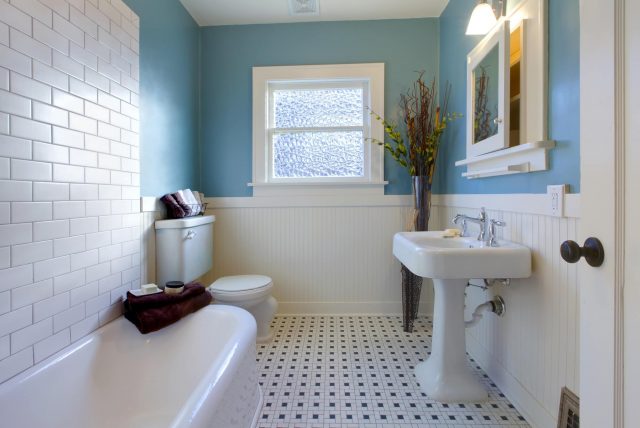
Installation
When you look at porcelain and ceramic tiles side by side, you may not see many differences between the two. Since porcelain has a higher density however, that means that the material is harder and heavier than ceramic, making it harder to transport and cut.
That weight and the skilled hand required to cut porcelain correctly result in higher labor costs to consumers. For many people though, the longevity associated with porcelain is enough to balance the additional up-front costs of installing this ultra-strong, non-porous material.
Can I Use Both Outdoors?
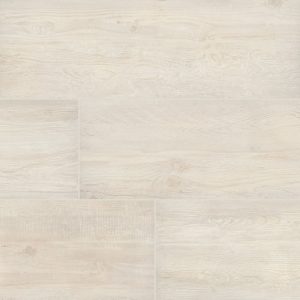
Creating the perfect porch, a gorgeous patio or a stylish balcony can dramatically improve your space. With a range of ceramic and porcelain looks on the market, more and more people are wondering if they can use either of these tile styles. The answer is a resounding no.
Ceramic tile is simply not fit for wet outdoor spaces since it is only water resistant. The natural moisture of outdoor space can wreak havoc on ceramic tile in a short period of time. Installing it outside can be costly mistake.
On the other hand, porcelain tile is often used for bathrooms, outdoor spaces and even swimming pools. Properly installed for an outdoor space, porcelain can provide a low maintenance surface that looks great as part of your residential or commercial design.
What About Maintenance and Upkeep?
Porcelain and ceramic tile are both popular flooring options in homes and commercial spaces. One main reason is because they’re both relatively easy to clean. However, porcelain may have the slight edge here because it typically doesn’t need to be sealed like ceramic to look its best. Since it’s impervious to water, you don’t have to be quite as careful when wet cleaning porcelain either.
It’s important to note that both tile styles require grout to set the tile in place. The process for keeping grout clean can be tedious and time consuming, so consider using a medium to dark color so it doesn’t show signs of wear so quickly.
Picking the perfect flooring option for your space can be confusing. If you love the look of tile or simply want long-term durability in a wood or stone-look design, porcelain or ceramic tiles can be an ideal choice.
With an ample selection of both porcelain and ceramic tile available, we can help you find the ideal option to match your budget and design needs. We can also help you determine which tile variety will work best for your particular application. Reach out to us today if you’re debating whether you should choose porcelain or ceramic tiles for your residential or commercial project.











